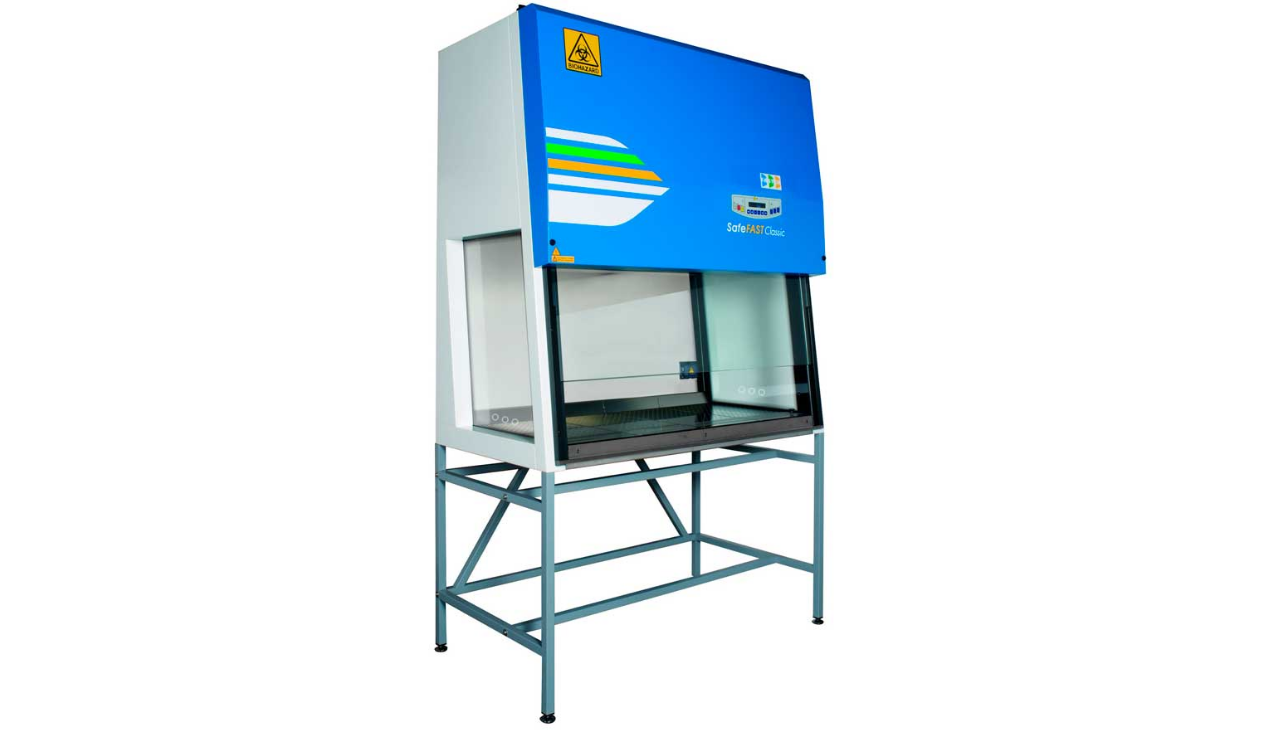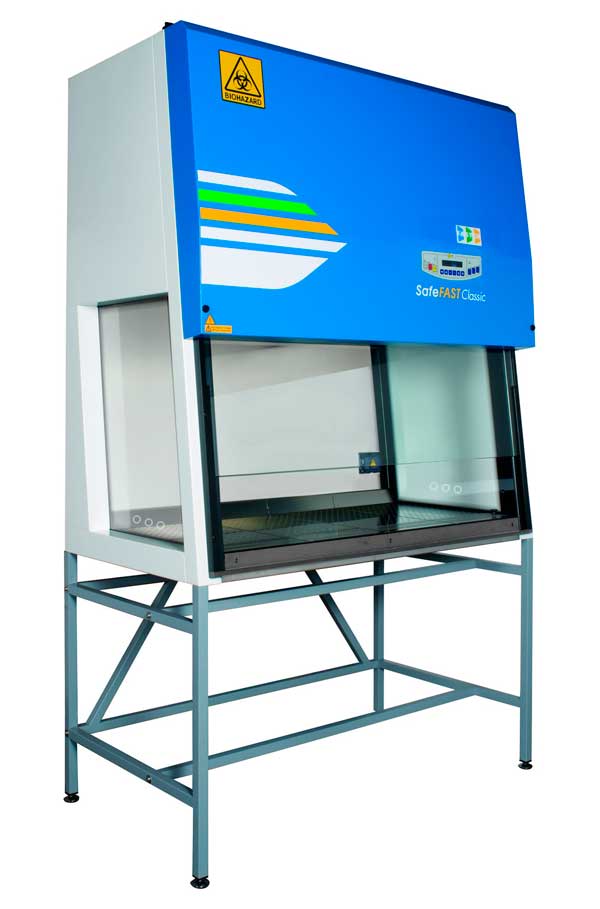
Class 2 Biosafety Cabinets: An Essential Guide
Class 2 Biosafety Cabinets: An Essential Guide
Introduction
In today’s high-stakes research and clinical environments, maintaining laboratory safety is paramount. Whether you're handling biological samples, working with hazardous particulates, or simply striving to uphold stringent cleanliness standards, Class 2 Biological Safety Cabinets (BSCs) are an essential investment.
In this article, we break down the vital information shared in a recent expert-led webinar on the subject. We’ll explore what Class 2 cabinets are, why they matter, how they function, and what buyers and users need to know to make informed, compliant decisions.
What is a Class 2 Safety Cabinet?
A Class 2 Biological Safety Cabinet is a ventilated enclosure designed to provide personal, product, and environmental protection when working with moderate-risk biological agents (e.g., E. coli, hepatitis, or HIV). These cabinets are most commonly used in microbiology labs, pharmaceutical research, and clinical environments.
Compliant with the EN 12469:2000 European Standard, Class 2 cabinets balance 70% air recirculation with 30% exhaust, filtering air through HEPA filters to ensure containment and prevent contamination.

Classifications & Standards: What’s Relevant for the UK?
Understanding standards is critical when purchasing or commissioning a safety cabinet:
- EN 12469 (EU standard): Sets performance requirements for microbiological safety.
- NSF/ANSI 49 (US standard): More stringent, requires in-field testing by manufacturers.
- Biosafety Levels (BSL): Class 2 cabinets are typically suitable for BSL-1 to BSL-3 applications.
🔍 Tip: Don’t be confused by American terminology (e.g., Type A2, B1, B2). In the UK, focus on the EN classifications: Class 1, 2, and 3.
Types of Safety Cabinets and Their Applications
✅ Class 2 is the most versatile, widely used for its balanced protection and cost-efficiency.
Key Features to Look for in a Class 2 BSC
When selecting a cabinet, consider:
- HEPA filtration (99.99%): Removes particles down to 0.3 microns.
- Low noise levels (~55dB): Important for user comfort during long hours.
- Energy-efficient EC fans: Lower running costs and carbon footprint.
- Dual fan systems: Ensure redundancy and longevity.
- UV Light compatibility: Optional decontamination feature (use cautiously).

Installation Considerations
- Ceiling height matters: Allow adequate clearance for exhaust filters.
- Avoid airflow blockages: Keep front grills clear during use.
- Room ventilation: Required especially if ducted exhaust systems are used.
- Service access: Cabinets should be positioned for easy technician access.
Testing and Certification: Ensuring Compliance and Safety
Routine and post-installation testing is essential. These include:
- Downflow and inflow velocity tests: Ensure proper airflow rates.
- KI Discus Test: A fast and effective method to check for containment breaches.
- Filter Integrity Test: Detects HEPA filter leaks or defects.
- Smoke Testing: Visualises airflow to ensure even distribution and no turbulence.
These tests are typically carried out by certified third parties like CHTS in the UK.
Maintenance and Servicing Best Practices
- Annual servicing is recommended as a minimum.
- HEPA filter replacement depends on use—monitor pressure differentials and airflow alarms.
- Fumigation (Formalin or VHP): Annual or biannual decontamination using formalin is common in the UK; hydrogen peroxide vapour (HPV) is used for higher containment.
⏱️ Filters typically last 12–24 months depending on usage volume and sample type.
Common Usage Mistakes & How to Avoid Them
- Blocking air grills: Obstructs airflow and triggers alarms.
- Rapid hand movements: Disrupt laminar flow, reducing protection.
- Improper start-up/shutdown: Always allow a 5–10 minute delay for airflow to stabilise.
- Incorrect cleaning agents: Avoid corrosive chemicals unless using a cabinet with 316 stainless steel interior.

FAQs for Users and Buyers
🔹 Can I use UV light 24/7?
No. UV light should only be used when needed. Leaving it on continuously offers no added benefit and may affect cabinet materials over time.
🔹 When should I consider a double HEPA filter?
Double HEPA filtration provides greater efficiency, reduced strain on motors, and longer cabinet lifespan—ideal for high-throughput labs or facilities seeking long-term value.
🔹 What kind of cabinet is suitable for grinding teeth or bones?
A Class 2 powder-handling cabinet with HEPA filtration is appropriate. Contact the supplier with details for specific recommendations.
Final Thoughts: Why Invest in a Class 2 Safety Cabinet?
A Class 2 Biological Safety Cabinet is an essential tool for modern laboratories. It provides comprehensive protection, ensures regulatory compliance, and improves overall operational efficiency. With evolving standards and growing awareness around laboratory biosafety, now is the time to review your current setup and ensure it meets both your needs and industry regulations.
For long-term performance, invest in a reliable manufacturer, ensure regular servicing, and train all users properly.
You can check out our full range of Class II cabinets HERE.
